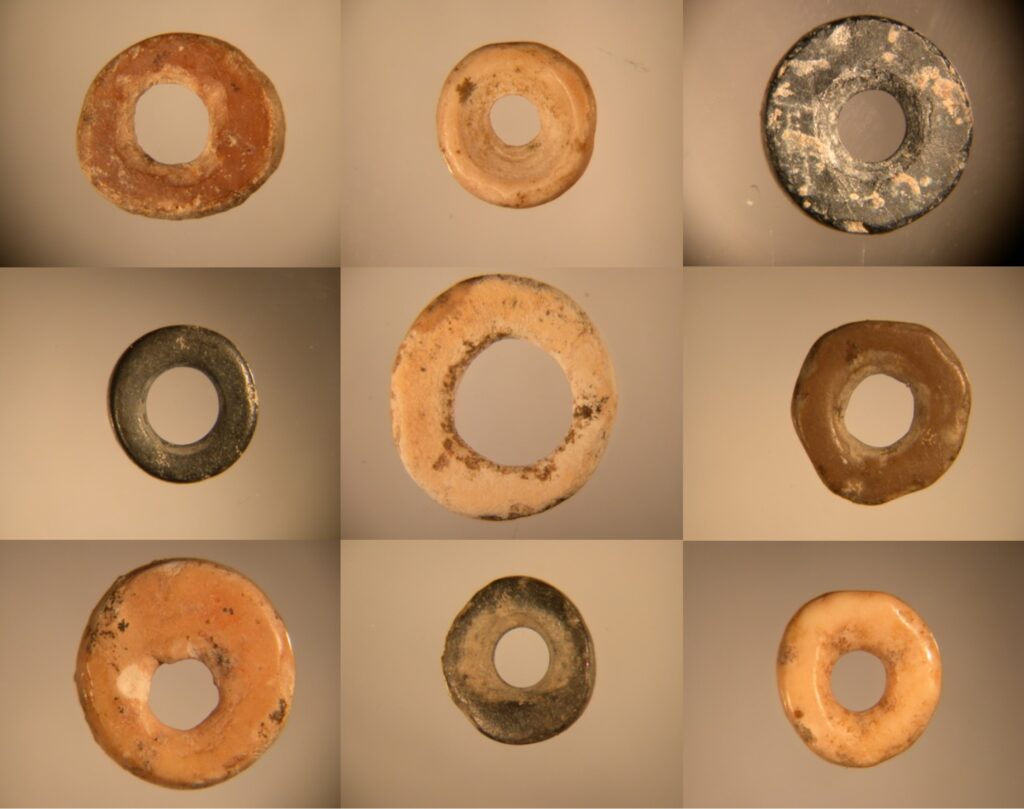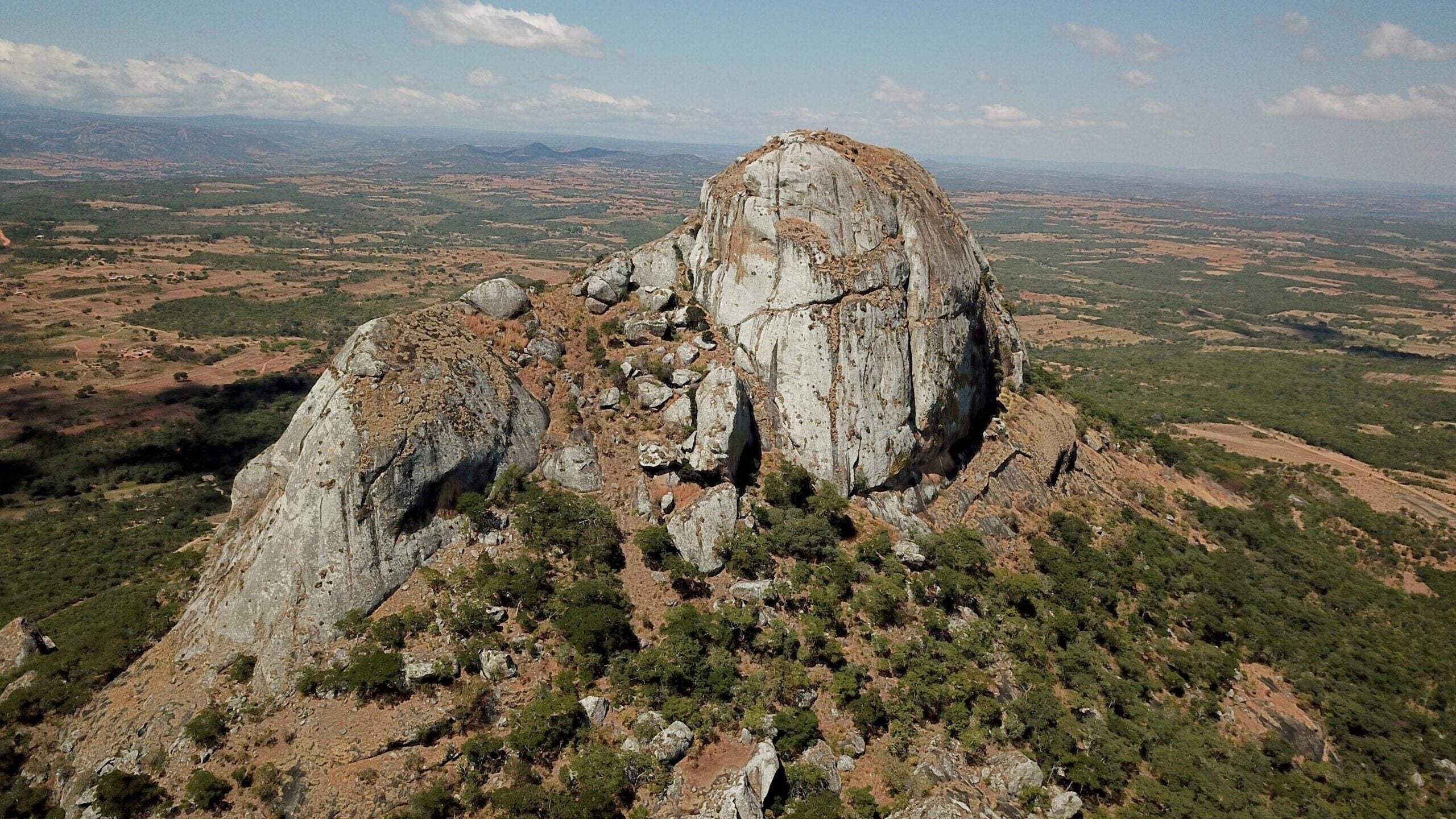Earliest African DNA Paints Vivid Picture of Ancient Human Lives
An analysis of the oldest DNA ever uncovered in Africa provides new insight into how early humans lived, traded and mingled with one another 50,000 years ago.
The findings, published in Nature, represent the combined work of more than 40 researchers from around the world, whose collaboration brought together geneticists, archaeologists, historians and anthropologists to plumb the depths of human history.
Kathryn de Luna, one of the paper’s authors who teaches courses in the Department of History, is excited by the ways this genetic analysis offers unprecedented insight into early human development.
A New Perspective on the Ancient Past
For scholars, studying the ancient past is made more difficult by human activity in the recent past. Archeologists struggle to reconstruct dig sites when they have been disturbed by subsequent development, construction and tampering. Surprisingly, geneticists often face a similar problem when attempting to deduce the makeup of early human communities. Significant co-mingling during the past 5,000 years has made reconstructing ancient populations all but impossible. That is, unless geneticists can extract DNA from well-preserved, ancient remains.
“Ancient DNA, or aDNA, offers a new archive for the study of demographic patterns,” says de Luna. “In this way, aDNA helps us locate when and where population groups lived in the past. This is important because choices about where to live and with whom to start a family–that is, the human choices recorded in aDNA evidence–are deeply cultural and, indeed, underlie all kinds of other social and political dimensions of life. We can then use other archives–such as language–to explore those social and political processes, even in fairly early pasts.”

Ostrich eggshell beads from Mlambalasi Rockshelter in Tanzania, where one of the individuals in the study was buried. Credit: Jennifer Miller.
The team’s findings show that movement, trade and reproduction between far-ranging communities became far more common 50,000 years ago, but then tapered off about 20,000 years ago.
“Archaeologists have long suspected that something happened around 50,000 years ago to change the human story,” says Mary Prendergast, an author of the paper and associate professor in anthropology at Rice University. “Symbolic objects like pigment and beads had long been around, but they became a lot more common 50,000 years ago at sites stretching from eastern to southern Africa. Until now, we couldn’t directly test this using genetic information.”
While archeologists and historians can’t fully explain why these movements took place, confirming that they occurred and deducing when they happened is an important piece of the puzzle. Prendergast suggests that these durable long-distance trade networks may have helped humanity survive adverse environmental changes.
Decades of Collective Work Lead to Breakthrough
The research team sequenced full genomes from six individuals buried in Malawi, Tanzania and Zambia. Their remains were excavated between 1956 and 2019, representing more than six decades of work.
“When most of them were recovered, aDNA wasn’t even a possibility,” says Elizabeth Sawchuk, an author of the study who is a Banting Postdoctoral Fellow at the University of Alberta and research assistant professor at Stony Brook University. “I excavated one of the newly sequenced individuals myself in 2010 – the same year that the first full sequenced ancient human genome was published. If you had told me at the time that I would go back to Tanzania years later and sample their DNA, I wouldn’t have believed you!”
Alongside the six new genomes, the team reanalyzed data for 28 previously studied ancient individuals. Altogether, the findings represent generations of work by academics, separated not just by years but by fields of study. The interdisciplinary nature of the work, according to de Luna, is one of its greatest strengths.
“Even as genetic data opens new research questions and offers possible answers to long-standing debates, it remains quite rare for interpretation of the data to emerge from those disciplines that have long-specialized in the early history of Africa,” says de Luna. “Yet, this paper does just that, allowing deep, contextualized knowledge of African foragers’ lifeways and languages to sit side-by-side with paleogenomic data without any one discipline’s evidence driving the interpretation.”
At Georgetown, de Luna has championed interdisciplinary work for history students. She is one of four historians who run the HyperHistory Hub, a project of the Georgetown Humanities Initiative. Through the Hub, undergraduate and graduate students learn about history through an interdisciplinary lens, including how to use tools like aDNA to answer difficult questions.
De Luna also runs Georgetown in Zambia: The Africa Field School, a summer program that connects undergraduate and graduate students from Georgetown and around the world with a group of international scholars in rural central Zambia where they work to reconstruct over a millennium of history of human-environment interaction through the methods of disciplines like linguistics, genetics, oral history, archaeology, paleoclimatology, biogeochemistry, and others.
For de Luna, who is primarily a historian of oral societies, her work requires collaboration with, and reliance on, other disciplines, including anthropology, archeology and linguistics. Continued use of aDNA means more future breakthroughs for historians of Africa.
